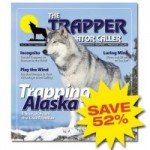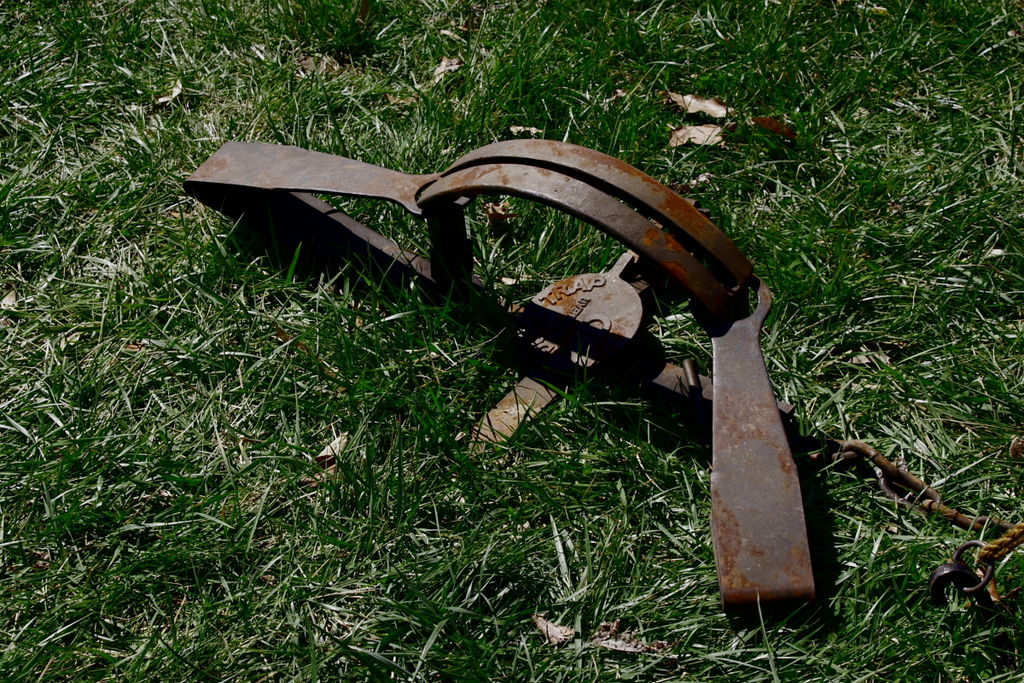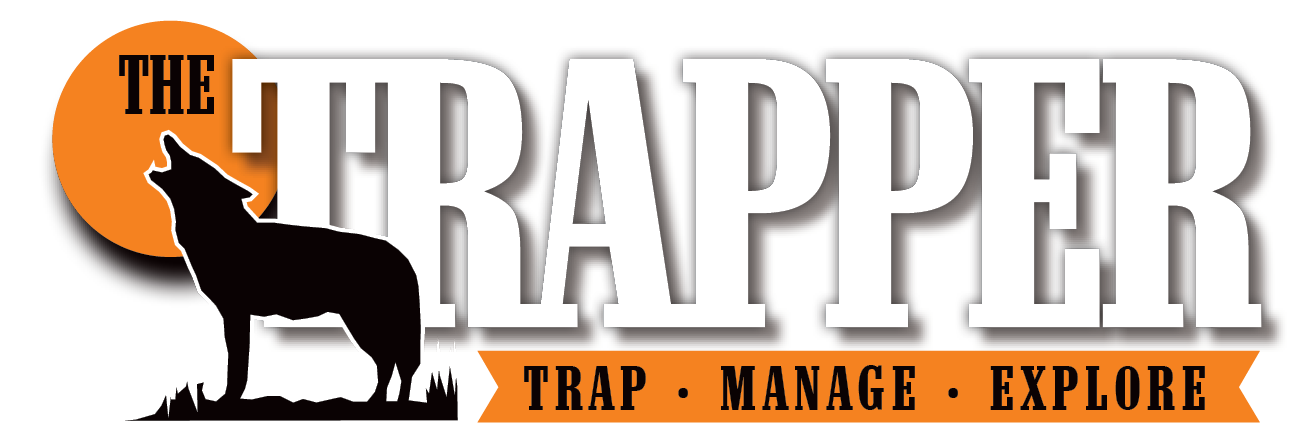This is an excerpt from the article “There Is No Offseason” which appeared in the August 2014 Trapper & Predator Caller issue.
By Dave Morelli
If your traps are a ball of mud at the end of the season like mine, they will have to be wire brushed and hosed off so they can be re-dipped. I prefer to boil and wax my traps, but the mix types are also good. If you use the gasoline mix stuff, just do them so there is enough time for them to air out thoroughly.
I always sort out my traps before dipping them. There are always a few that need some repair. Any repairs should be made before they go in the dye. Coyotes can bend bases, dogs, pans and jaws. All of these things should be checked on every trap. I set and spring each one and readjust the pan tension. I am looking for a level pan when it is set, and I want around 5 pounds of pan tension. I also check every chain and swivel to make sure they aren’t coming apart anywhere. These simple checks could take up valuable time on the trapline. When it’s time to put traps out, each trap should just need to be set and bedded.
When the traps are ready, I get the water for my dye bath hot. I like it to have a good rolling boil. After it starts to boil, I dump in the logwood crystals and boil the traps for several hours. A 55-gallon barrel will hold a lot of traps, but it takes a lot of time to get it to boil. If you cut the barrel in half, the water will boil faster and the barrel will still hold about three-dozen traps, depending on their size. Pick a barrel that will be the most efficient for the number of traps you need to do. I use a propane burner to heat the dye bath. I have put a drum over a fire before and it works well also without the propane cost.
After the traps have boiled for long enough to turn them black (new traps usually won’t get really black), they should be waxed. Waxing not only protects the traps from rust, but it will also aid in helping the jaws close faster.
You can dip traps in a separate container of wax when they come out of the hot dye, which is probably best, but it’s a slow process. I melt the wax into the boiling water. The wax will float on top of the brew. If the traps are pulled through slowly, it will coat them. If I plan it out well, there is little waste of wax. After the traps come out of the brew, I set them on a piece of plywood or something similar to let them cool. Then they can be rolled up in their chains and stored for use.
I also get all the snares that I plan for the line ready. My snares also get a quick dip in the brew to take the shine off of them. I put all the support wires and anchor materials together so all I need to do is set them up. I place most of my snares on fences. I know where every crawl-under on my line is and I have snares ready for them. If it is really warm at the start of the season, I anchor the snares in place but just hang them in the fence wire. I set them as the temperature drops.
This is a preview of the August 2014 Fur Market Report. The full column is available in the August issue of Trapper & Predator Caller.
You can pick up a copy of the digital issue on www.ShopDeerHunting.com.
Subscribe to Trapper & Predator Caller Magazine
 Trapper & Predator Caller is the best trapping and predator hunting magazine. Why aren’t you a subscriber? Sign up today and receive furbearer news, trapping techniques, fur market reports and more right to your mailbox.
Trapper & Predator Caller is the best trapping and predator hunting magazine. Why aren’t you a subscriber? Sign up today and receive furbearer news, trapping techniques, fur market reports and more right to your mailbox.


